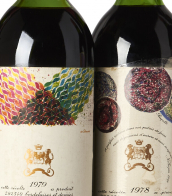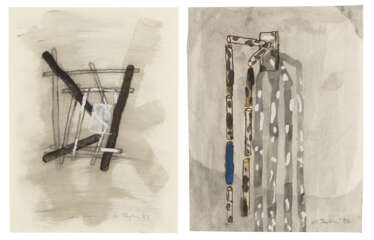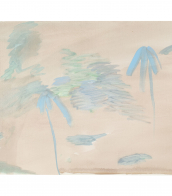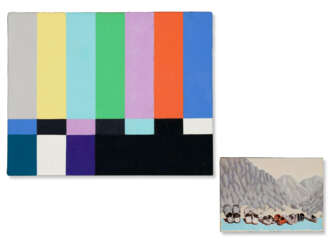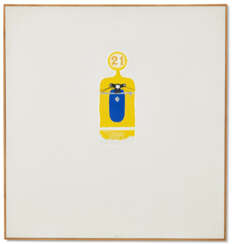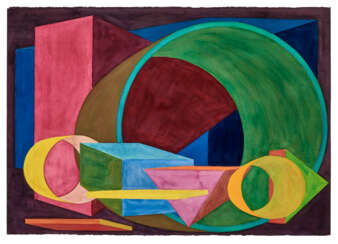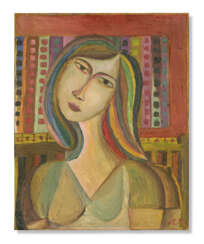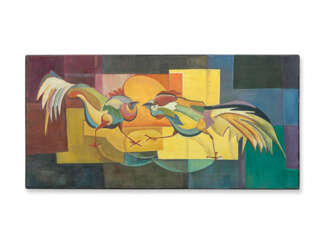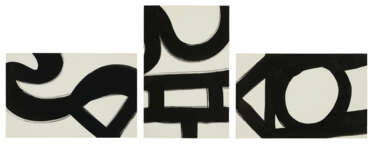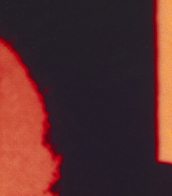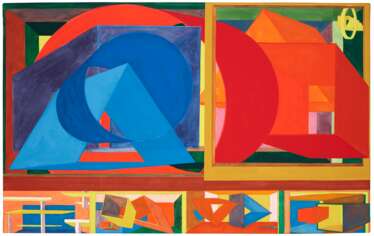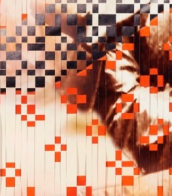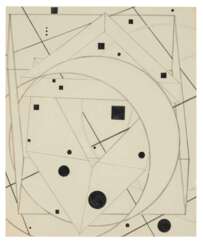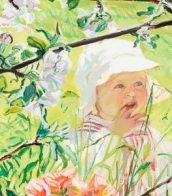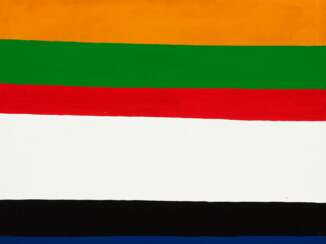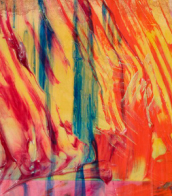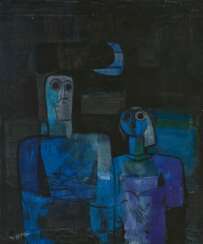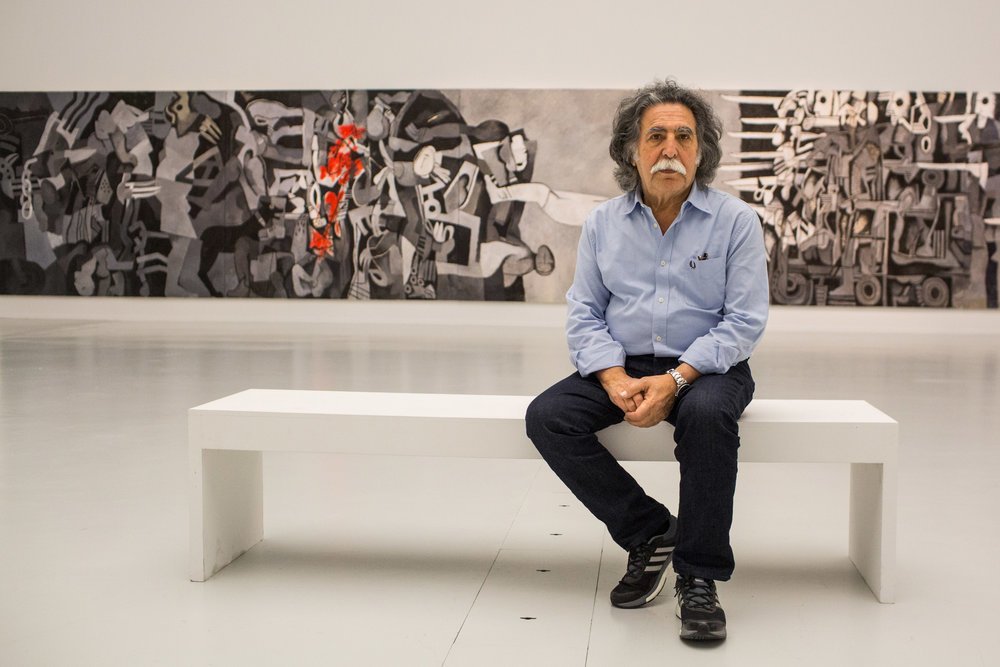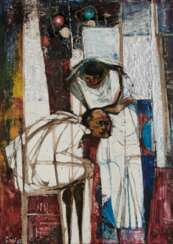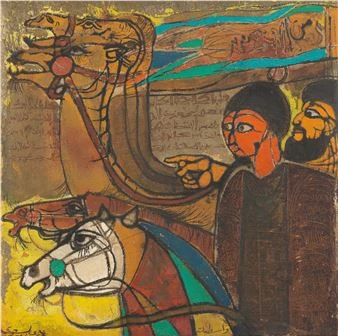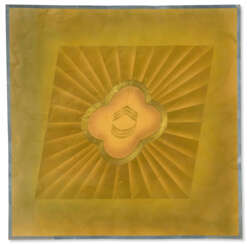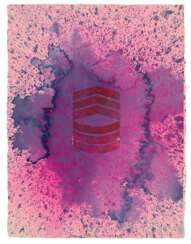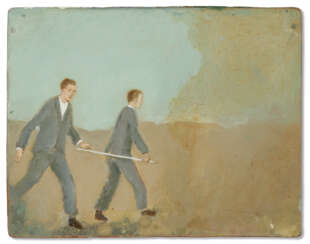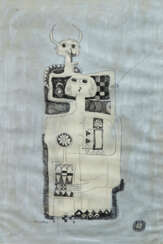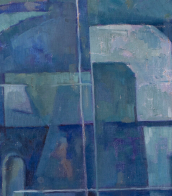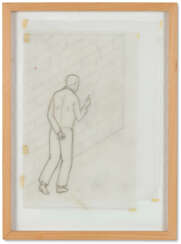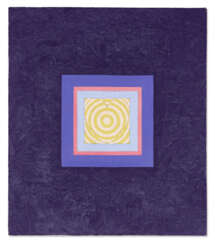al&

Francis Alÿs is a Belgian-born, Mexico-based artist.
His work emerges in the interdisciplinary space of art, architecture, and social practice. In 1986, Alÿs left behind his profession as an architect and relocated to Mexico City.
He has created a diverse body of artwork and performance art that explores urban tensions and geopolitics. Employing a broad range of media, from painting to performance, his works examine the tension between politics and poetics, individual action and impotence.


Francis Alÿs is a Belgian-born, Mexico-based artist.
His work emerges in the interdisciplinary space of art, architecture, and social practice. In 1986, Alÿs left behind his profession as an architect and relocated to Mexico City.
He has created a diverse body of artwork and performance art that explores urban tensions and geopolitics. Employing a broad range of media, from painting to performance, his works examine the tension between politics and poetics, individual action and impotence.
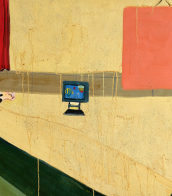
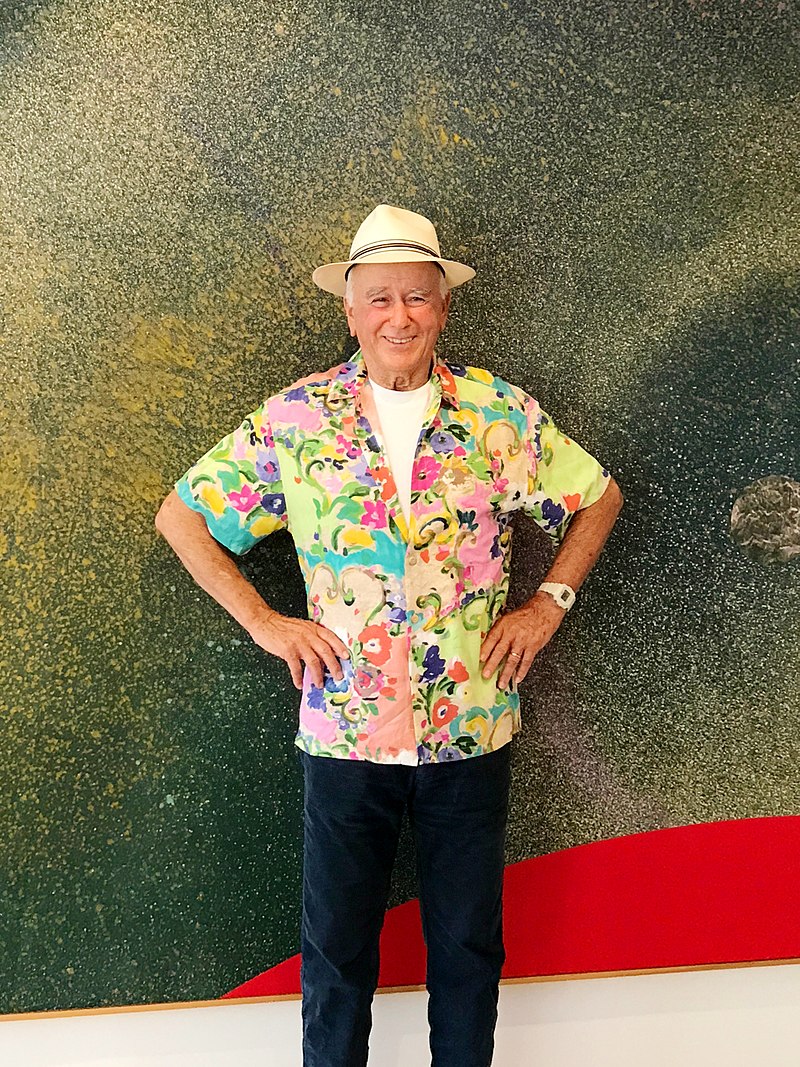
Billy Al Bengston was an American visual artist and sculptor who lived and worked in Venice, California, and Honolulu, Hawaii. Bengston was probably best known for work he created that reflected California's "Kustom" car and motorcycle culture. He pioneered the use of sprayed layers of automobile lacquer in fine art and often used colors that were psychedelic and shapes that were mandala-like. ARTnews referred to Bengston as a "giant of Los Angeles's postwar art scene."
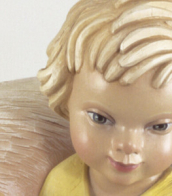

Billy Al Bengston was an American visual artist and sculptor who lived and worked in Venice, California, and Honolulu, Hawaii. Bengston was probably best known for work he created that reflected California's "Kustom" car and motorcycle culture. He pioneered the use of sprayed layers of automobile lacquer in fine art and often used colors that were psychedelic and shapes that were mandala-like. ARTnews referred to Bengston as a "giant of Los Angeles's postwar art scene."
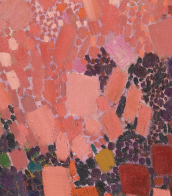

Billy Al Bengston was an American visual artist and sculptor who lived and worked in Venice, California, and Honolulu, Hawaii. Bengston was probably best known for work he created that reflected California's "Kustom" car and motorcycle culture. He pioneered the use of sprayed layers of automobile lacquer in fine art and often used colors that were psychedelic and shapes that were mandala-like. ARTnews referred to Bengston as a "giant of Los Angeles's postwar art scene."
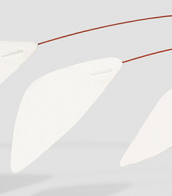

Billy Al Bengston was an American visual artist and sculptor who lived and worked in Venice, California, and Honolulu, Hawaii. Bengston was probably best known for work he created that reflected California's "Kustom" car and motorcycle culture. He pioneered the use of sprayed layers of automobile lacquer in fine art and often used colors that were psychedelic and shapes that were mandala-like. ARTnews referred to Bengston as a "giant of Los Angeles's postwar art scene."
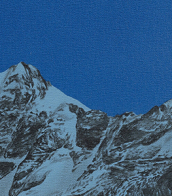
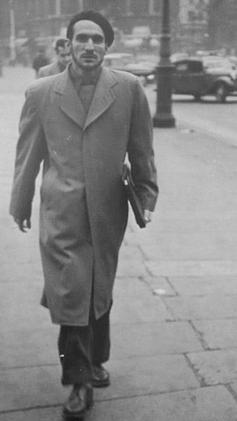
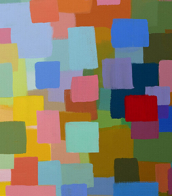
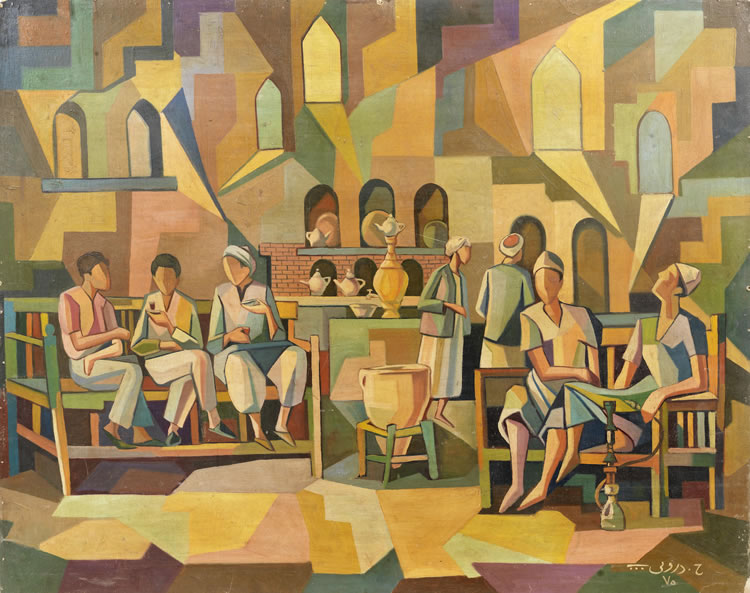

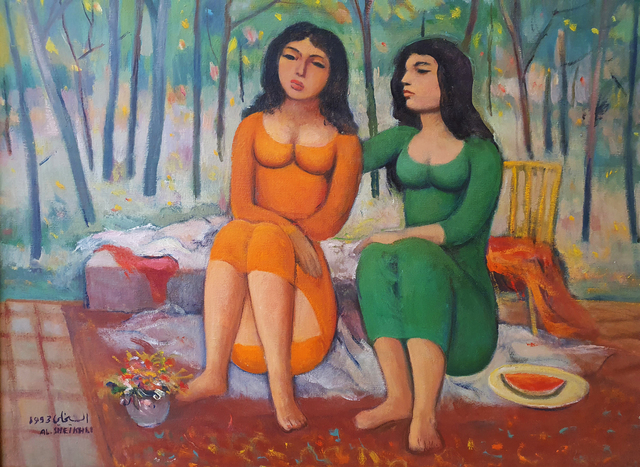
Ismail Al-Sheikhly is a contemporary Iraqui artist. He belonged to one of the first art groups to appear in Iraq, 'La Societe Primitive', founded in 1950. The group later changed its name to 'The Pioneers' and kept it into the 1970s. Some of his works are influenced by Cubism, a movement which grew in popularity throughout the 1950s, and was the preferred artistic style of one of Al-Sheikhly's important contemporaries, Hafiz Drubi. Al Sheikhly’s early works are inspired by the Iraqi village life, though his later works are more focused on abstracted colour combinations and obscured backgrounds. Women feature highly as a central theme in his work. Painted in groups quite often, Al Sheikhly’s women are streamlined with oval faces and generic bodies and seem to always be in states of coming and going, whether that be to the mosque, to the souks, or to do some domestic task.
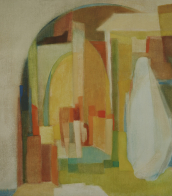

Ismail Al-Sheikhly is a contemporary Iraqui artist. He belonged to one of the first art groups to appear in Iraq, 'La Societe Primitive', founded in 1950. The group later changed its name to 'The Pioneers' and kept it into the 1970s. Some of his works are influenced by Cubism, a movement which grew in popularity throughout the 1950s, and was the preferred artistic style of one of Al-Sheikhly's important contemporaries, Hafiz Drubi. Al Sheikhly’s early works are inspired by the Iraqi village life, though his later works are more focused on abstracted colour combinations and obscured backgrounds. Women feature highly as a central theme in his work. Painted in groups quite often, Al Sheikhly’s women are streamlined with oval faces and generic bodies and seem to always be in states of coming and going, whether that be to the mosque, to the souks, or to do some domestic task.


Billy Al Bengston was an American visual artist and sculptor who lived and worked in Venice, California, and Honolulu, Hawaii. Bengston was probably best known for work he created that reflected California's "Kustom" car and motorcycle culture. He pioneered the use of sprayed layers of automobile lacquer in fine art and often used colors that were psychedelic and shapes that were mandala-like. ARTnews referred to Bengston as a "giant of Los Angeles's postwar art scene."
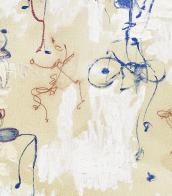

Billy Al Bengston was an American visual artist and sculptor who lived and worked in Venice, California, and Honolulu, Hawaii. Bengston was probably best known for work he created that reflected California's "Kustom" car and motorcycle culture. He pioneered the use of sprayed layers of automobile lacquer in fine art and often used colors that were psychedelic and shapes that were mandala-like. ARTnews referred to Bengston as a "giant of Los Angeles's postwar art scene."


Francis Alÿs is a Belgian-born, Mexico-based artist.
His work emerges in the interdisciplinary space of art, architecture, and social practice. In 1986, Alÿs left behind his profession as an architect and relocated to Mexico City.
He has created a diverse body of artwork and performance art that explores urban tensions and geopolitics. Employing a broad range of media, from painting to performance, his works examine the tension between politics and poetics, individual action and impotence.
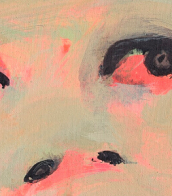

Francis Alÿs is a Belgian-born, Mexico-based artist.
His work emerges in the interdisciplinary space of art, architecture, and social practice. In 1986, Alÿs left behind his profession as an architect and relocated to Mexico City.
He has created a diverse body of artwork and performance art that explores urban tensions and geopolitics. Employing a broad range of media, from painting to performance, his works examine the tension between politics and poetics, individual action and impotence.


Francis Alÿs is a Belgian-born, Mexico-based artist.
His work emerges in the interdisciplinary space of art, architecture, and social practice. In 1986, Alÿs left behind his profession as an architect and relocated to Mexico City.
He has created a diverse body of artwork and performance art that explores urban tensions and geopolitics. Employing a broad range of media, from painting to performance, his works examine the tension between politics and poetics, individual action and impotence.
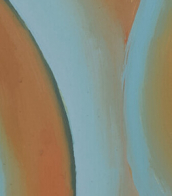

Francis Alÿs is a Belgian-born, Mexico-based artist.
His work emerges in the interdisciplinary space of art, architecture, and social practice. In 1986, Alÿs left behind his profession as an architect and relocated to Mexico City.
He has created a diverse body of artwork and performance art that explores urban tensions and geopolitics. Employing a broad range of media, from painting to performance, his works examine the tension between politics and poetics, individual action and impotence.
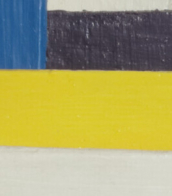

Billy Al Bengston was an American visual artist and sculptor who lived and worked in Venice, California, and Honolulu, Hawaii. Bengston was probably best known for work he created that reflected California's "Kustom" car and motorcycle culture. He pioneered the use of sprayed layers of automobile lacquer in fine art and often used colors that were psychedelic and shapes that were mandala-like. ARTnews referred to Bengston as a "giant of Los Angeles's postwar art scene."

